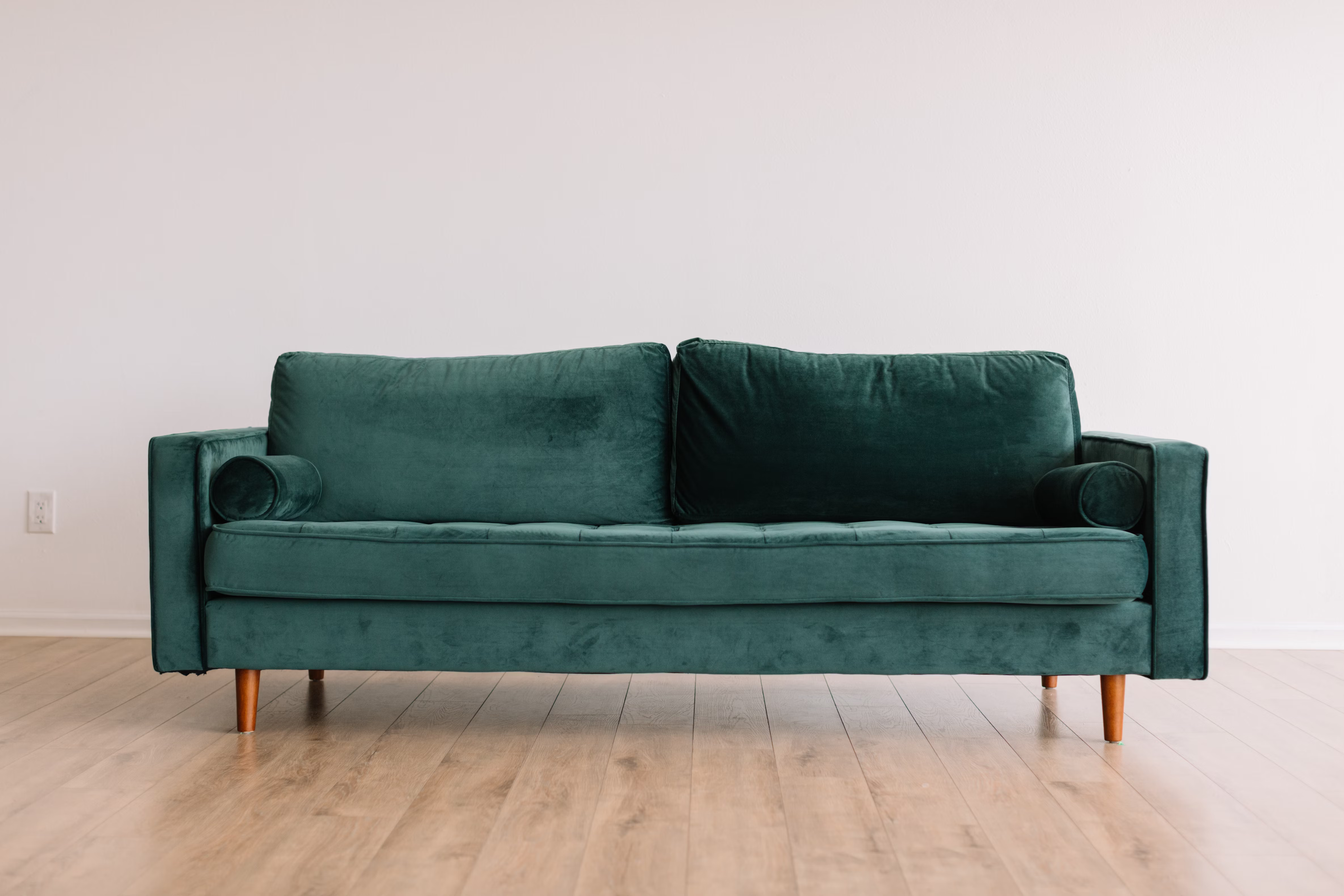Production Design & Location Styling for Corporate Video Production | Vek Labs - Calgary Film Professionals
4 min readHow Design Shapes Corporate Brand Messages
When most businesses think of corporate video production in Calgary (or anywhere), they picture cameras, lights, drone footage etc. But before hitting “record,” it’s important to focus on something equally important: the space itself.
In the film industry, we call this production design and location styling. It’s not just “decorating.” It’s creating an environment that strengthens your story, supports your brand, and looks exceptional on screen. From an SEO (Search Engine Optimization) perspective, it’s also part of how Google understands your content as high-value, experience-driven, and relevant to your market.
According to HubSpot’s 2024 State of Marketing Report, visuals that align with brand identity can increase audience recall by over 60%. And Google’s own Search Central documentation makes it clear: helpful, original content earns trust and better rankings.
Below are six principles we use at Vek Labs, a Calgary-based video production agency, to help companies design film environments that connect both visually and emotionally.
1. Balance and Symmetry
A balanced frame naturally guides the viewer’s eye to the subject. Symmetry often feels polished and formal, while asymmetry can feel dynamic or relaxed. The key is intention—nothing in the frame should feel “accidental.” It is important to consider balance and overall weighting… and how it lends itself to your brands voice. Congruency comes from thoughtful planning. If you are in a rush, stop briefly and look at image on-camera. What can you do to balance the image further?
Example: In our DWK Interiors shoot, carefully placed furniture and décor mirrored the brand’s refined design aesthetic. It was more than visual appeal—it was brand alignment.
2. Colour and Mood
Colour affects emotion instantly. Warm tones feel approachable; cooler tones feel stable and professional. We match colour palettes to the brand storytelling arc of each project. While this principle is heavily achieved in post-production, the colours in frame, time of year captured etc, is really important when shaping an image.
Example: In 10 Years of CDN, cool neutrals in the office reinforced the company’s history and professionalism—subtle visual cues that spoke volumes.
3. Texture and Depth
Flat walls and sterile setups can feel lifeless on camera. Textures like wood, fabric, and metal add dimensionality, making the scene more cinematic.
Example: In Allan David Bespoke Tailoring, the tactile richness of the shop—fabric rolls, cutting tools—added visual storytelling without a single spoken word.
4. Lighting and the Space
Lighting must complement the space, not fight it. Reflective surfaces create glare, while dark matte finishes may absorb too much light. Balancing these elements is crucial for both aesthetic and technical quality. Additionally, many think traditional lighting setups are essential for all video productions. This is not always the case… as professionals in the industry lean heavily on removing light. It is important to consider what your light sources should be, and the inclusion (or exclusion) of natural light is always a fascinating attribute to play with while filming.
Example: In Ella | MMA, we embraced the gym’s existing industrial lighting (with accent lights added) for a gritty, authentic atmosphere.
5. Focal Points
Every scene should have a visual anchor—a logo wall, a feature art piece, or a key architectural detail. This often can be missed while crews focus on the talent or person being interviewed. Object focal points can be a nice and subtle way to enrich your production. This keeps the viewer’s attention centered and supports visual hierarchy.
Example: In our Alberta Classical Academy feature, classical artwork acted as a subtle anchor, reinforcing the school’s values and traditional roots.
6. Authenticity Over Perfection
Sometimes, the most powerful settings aren’t polished. Real, lived-in spaces can create deeper emotional resonance and authenticity—especially in documentary-style corporate storytelling. Still, filming must be executed with a sense of order and care even if you are focusing on a “natural” or “impromptu” feel.
Example: In DOM LOUIS: Live, tour venues and side-stage spaces were imperfect but true to the artist’s journey.
Final Word
Your filming environment is not just a backdrop—it’s a brand signal. At Vek Labs, we combine production design expertise with location styling strategies to create spaces that communicate your story before a single line is spoken.
Whether you’re planning an executive interview, a brand anthem, or a client testimonial, we design for visual impact and audience connection.
Explore our portfolio: https://www.veklabs.com/
Learn more about corporate video production services in Calgary: (https://www.veklabs.com/services/)
Quick Q&A: Production Design in Corporate Video
What is production design in corporate video?
It’s the process of planning and creating the visual environment for filming—everything from furniture placement to colour palette—so the space supports the brand message.
How is location styling different?
Location styling enhances an existing space for the camera, adjusting décor, lighting, and layout so it looks its best on film without fully redesigning it.
Why does the filming environment matter?
Because viewers form impressions instantly. A well-designed space can convey professionalism, trust, and brand alignment before the first line is even spoken.

